Will Male Cats Try To Mate With Other Males? (Dealing With It)
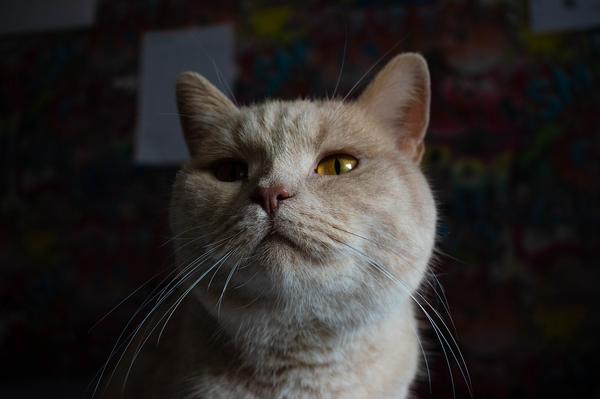
Listen up, cat parents!
We need to talk about a rather...
Intimate issue our furry friends seem to have with each other.
Oh, the drama. 😱
Oh, the awkwardness.
Oh, the horror of watching our male cats, well, get a little too close for comfort.
But don't fret, because I've got the solution to this uncomfortable spectacle right here in today's guide.
Ready?
Let's jump in!
Reasons for Male Cats Attempting to Mate With Other Males
Yep, you got it.
Male cats don't just mate with other males for the sake of sex, but to build strong relationships. It's like saying, "Hey bro, we're family!"
Hormones play a crucial role in male cat behavior
Just like us humans, hormones have a big say in how male cats behave. These hormones can affect their actions, including humping and mounting other male cats. But hold on, before you raise an eyebrow...
This behavior is completely normal for cats, even if they've been neutered.
Male cats still have hormones flowing through their furry bodies that can trigger sexual behavior.
Cat humping is not exclusive to females
Contrary to popular belief, it's not only female cats who engage in this behavior. Male cats may not have heat cycles like the ladies, but they can respond to hormonal changes in their own unique way.
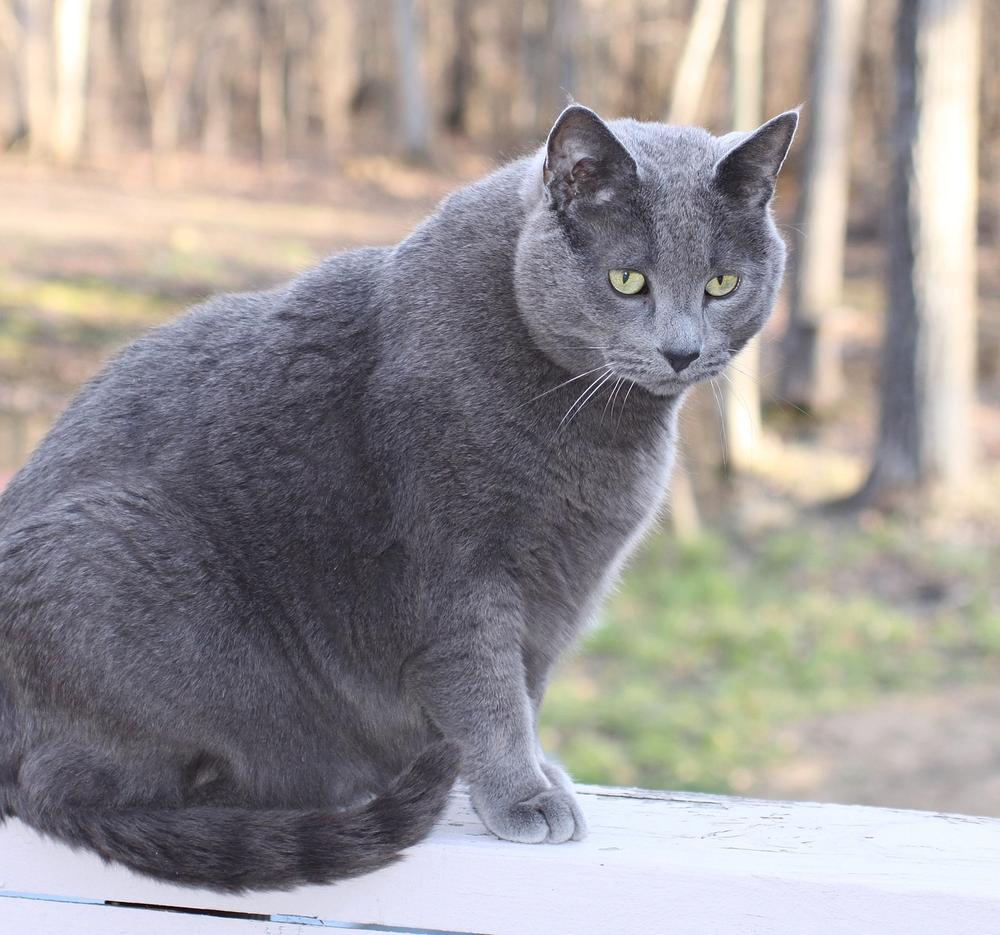
Sure, some territorial males might get aggressive or possessive during mating season, but essentially, cat humping is considered completely normal behavior.
So next time you catch your male cat trying to mate with another male, don't panic!
It's probably just their way of bonding and showing affection.
But there's more to this behavior than just bonding and affection!
Male cats also engage in mounting as a display of dominance and territoriality.
Let me explain why...
Is Male Cat Humping a Sign of Dominance?
Male cat humping can indeed be a sign of dominance.
Well, here’s the thing: male cats are territorial creatures.
And when it comes to territory and hierarchy, they don’t hold back.
You see, mounting or humping behavior by male cats towards other males is often a display of dominance. 😼
It’s their way of saying, "I’m in charge here". Now, if you notice your male cat biting the neck of another male before attempting to mount or hump them, this behavior becomes even more prominent.
It’s like a double whammy of dominance!
By biting the neck and trying to assert their authority through mounting or humping, these male kitties are making it clear who’s boss.
They are staking their claim on their turf and showing the other cats that they mean business.
Here are a few key points to remember about male cat humping as a sign of dominance:
- It’s a display of superiority within the feline hierarchy.
- Mounting and humping behaviors are part of their dominance rituals.
- Neck biting goes hand in hand with asserting dominance through humping.
- This behavior is not necessarily sexual, but rather a power move.
So, if you have a male cat who engages in humping behavior towards other males, rest assured that it’s just their way of showing who’s king of the castle.
Well, if you thought male cat humping was only about dominance, think again!
Let me share some surprising insights with you...
Social Dynamics Among Male Cats and Humping Behavior
Intact male cats in a group can lead to more mounting, competing for mates, and false mounts without copulation. These behaviors, though non-aggressive, might create bonding opportunities between brothers.
Furthermore, if you've noticed your male cat exhibiting humping behavior or engaging in social dynamics with other male cats, it's natural to have questions about their behavior.
In situations where you're unsure why your cat is acting a certain way, I can help shed some light on common feline behaviors.
If you
want to learn more about why your cat is hiding in the closet, I highly recommend checking out Why Is My Cat Hiding in the Closet.
It's an insightful and informative guide that can provide valuable insight into your furry friend's behavior.
Addressing Intolerable Male Cat Humping Instances
When male cats try to hump other cats, it can be a really annoying situation for you.
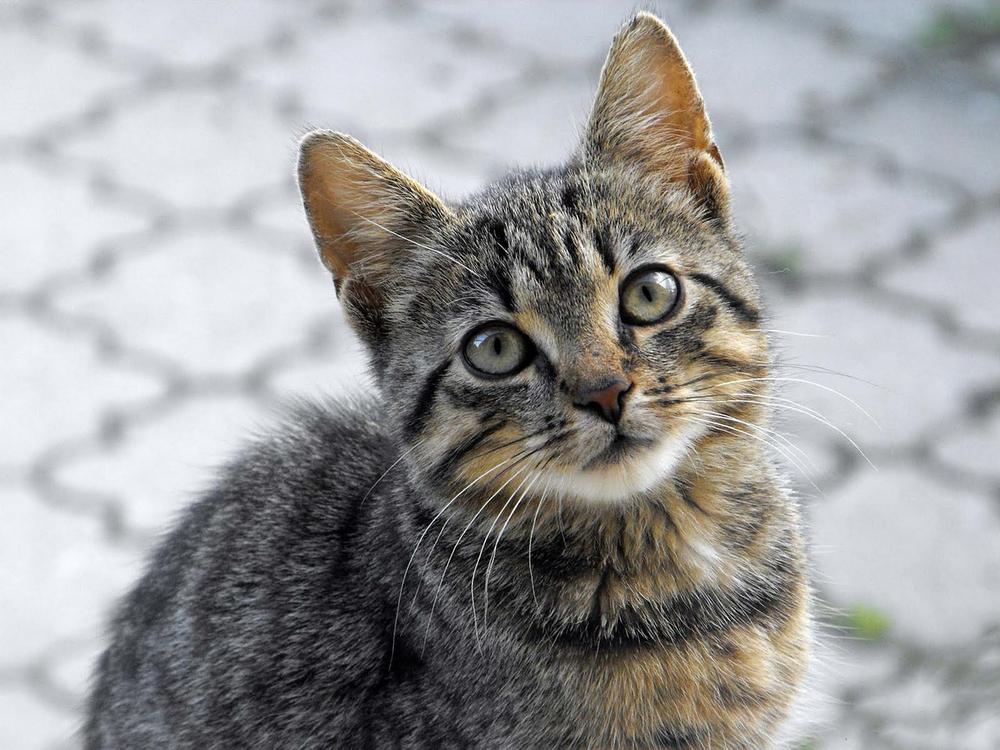
But don't worry!
There are things you can do to deal with this problem:
- Play with interactive toys with your cat before and after meals. This will help them release their frustration and energy. A tired cat is a happy cat! 😺
- Put a big, noisy bell on the cat who's doing the humping. When you hear the bell jingle, you'll know he's coming and can steer clear to avoid any humping incidents.
- Neutering might not completely solve the problem, but it's still worth considering. Sometimes boredom can also contribute to cats humping each other.
- Keep your cat mentally stimulated by using puzzle feeders or hiding treats around the house. This will keep them engaged and less likely to indulge in humping.
- Create an interesting environment for your cats with scratching posts, vertical spaces, and hideaways. This will help prevent boredom and give them alternative outlets for their energy.
By implementing these tactics, you can confront those frustrating instances of male cats mating head-first and establish a quieter setting for both felines and humans.
But addressing the issue of male cat humping doesn't stop at environmental changes and behavioral redirection – let me share with you some further strategies to effectively discourage this behavior...
Effective Training Techniques to Stop Male Cat Humping
If you want to put a stop to your male cat's humping, here are some things you can try:
- First off, use clicker training. It's all about rewarding good behavior and getting your cat's attention away from the humping.
- Another tactic is to clap your hands really loud whenever the humping starts. This will startle your cat and make them focus on something else.
- Give your cat some soft toys to play with. These toys can be a healthy outlet for their mounting behavior.
You should never resort to physical punishment or throwing things at your cat. That's just cruel.
If the humping continues despite your efforts, it might be a good idea to seek help from an animal behaviorist.
They can determine if there are deeper issues at play or if it's just natural feline instincts.
Yelling or punishing your cat won't solve anything and will only make them more stressed out. So approach the problem with patience and understanding.
By using these training techniques, you can redirect your male cat's humping in a positive and caring way.
Positive Reinforcement Strategies for Correcting Male Cat Humping
When it comes to stopping your male cat from humping, using positive reinforcement strategies can be really effective. 🐱
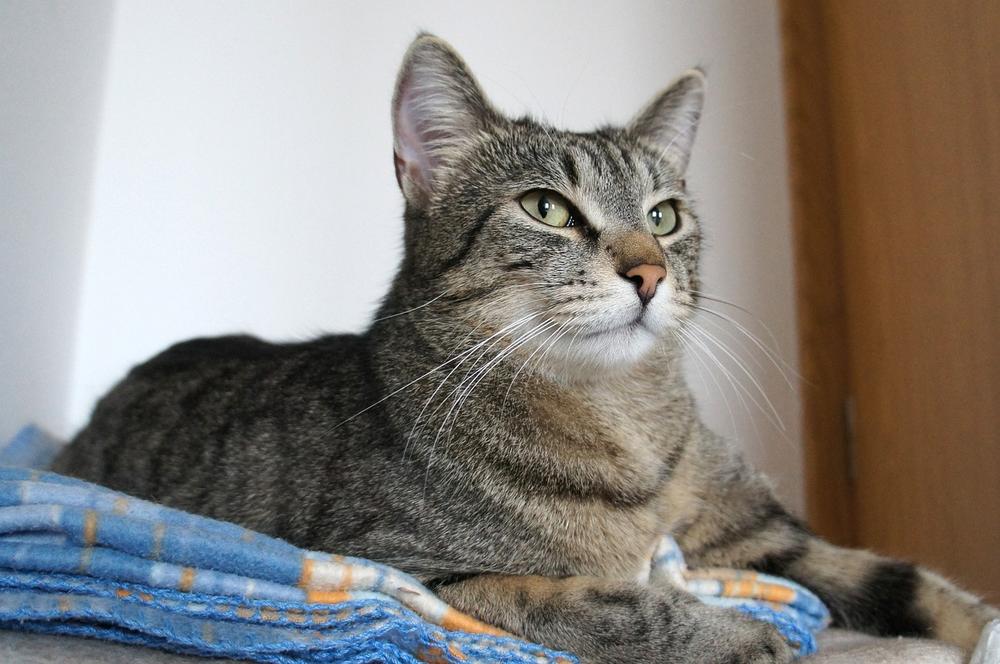
Here's what you can do:
- Give your cat treats or rewards right after they stop humping and start doing something else, like playing with toys or scratching their post.
- Show them extra attention and praise when they behave well. Give pets, speak to them in a loving tone, and say things like "good boy" or "good girl."
- Use playtime to keep your cat busy and distracted from humping. Get interactive toys that get them moving and thinking.
- Have a consistent routine that includes lots of positive interactions, like gentle strokes and cuddles. This helps them feel secure and reinforces good behavior.
- Make sure there are plenty of toys around to keep your cat mentally stimulated and avoid boredom, which can lead to humping as a way to comfort themselves.
- You might want to try products specifically made to discourage humping, such as sprays or diffusers with calming pheromones. These can reduce stress and anxiety that contribute to humping.
- Remember that change takes time, so be patient with your cat. Keep rewarding good behavior and redirecting them away from humping whenever it happens.
Your male cat can learn that behaving appropriately results in positive consequences by implementing these strategies. It's important to keep in mind that showing patience and empathy greatly assist in rectifying unwanted humping behaviors.
Minimizing Stress and Anxiety to Reduce Male Cat Mounting
To keep your male cat happy and frustration-free, here are ten strategies that you can put into action:
- Stick to a set routine for feeding, playtime, and sleep, so your furry friend knows what to expect.
- Make sure your cat's surroundings feel safe and cozy by providing them with a secure and comfortable living space.
- Keep your feline buddy mentally and physically stimulated with toys and engaging play sessions.
- It's essential to give your cat a designated spot where they can escape the world and unwind whenever they need some alone time.
- Create a soothing atmosphere using pheromone sprays or diffusers, which can work wonders in calming your cat down.
- Cats thrive in stability, so try to minimize changes in their environment to maintain a state of tranquility.
- Introduce new animals or people gradually, so your cat doesn't feel overwhelmed or disrupted suddenly.
- If you suspect any underlying hormonal imbalances or medical issues, it's wise to seek advice from a veterinarian. 🐾
- Neutering your male cat can greatly reduce sexual behaviors and help alleviate mounting behaviors.
- If all else fails and the problem persists, don't hesitate to reach out to an animal behaviorist who specializes in cat behavior.
You can prevent undesirable behaviors in your male cat by establishing a peaceful and anxiety-free atmosphere.
Preventive Measures for Male Cat Mounting
Neutering male cats is a good idea. It might not stop humping completely though.
But here's what you can do to lessen it:
- Keep your cats separate at home so they don't interact with other cats that could trigger humping.
- Neutering takes time. Testosterone levels need a few weeks to decrease. So be patient.
- Get your cat engaged in other activities and give them toys to distract them from humping.
- Positive reinforcement is important. Reward your cat for good behavior and ignore or redirect them when they start humping.
- Avoid things that make them want to hump. Close doors and use baby gates to limit their interaction with other cats.
- Play with your cat more and make sure they get enough exercise to burn off extra energy and reduce humping.
- Make their environment fun and interesting. Have scratching posts, climbing trees, and hiding spots to keep them mentally stimulated.
- If humping continues to be a problem, talk to a vet. They can give you more advice and potential solutions.
Prevention is key! 😀
Following these steps will help minimize humping and create a peaceful atmosphere for you and your furry friend.
Creating a Harmonious Environment for Male Cats
If you've got a few male cats and you want them to get along, here's what you can do:
- Make sure each cat has their own stuff - like separate food bowls, litter boxes, and places to rest. This way, they won't have to fight over limited resources.
- Give each cat their own territory - whether it's a separate room or specific furniture like a cat tree or window perch. Boundaries are important for a peaceful household.
- Add some high walkways or shelves - cats love being up high, so give them ways to explore and play. It'll satisfy their natural instincts and keep them entertained.
- Try using pheromone products - there are synthetic feline facial pheromones like Feliway that can reduce stress and create a calm atmosphere. They're like signals that help cats relax.
- Don't forget individual attention and playtime - spend quality one-on-one time with each cat. Keep them from getting bored by engaging in interactive play sessions based on their unique preferences.
By adhering to these suggestions, you can establish a harmonious relationship between your male cats and prevent clashes.
Just remember, every cat needs their own space and resources to thrive in harmony.
Potential Health Concerns Associated With Male Cat Humping
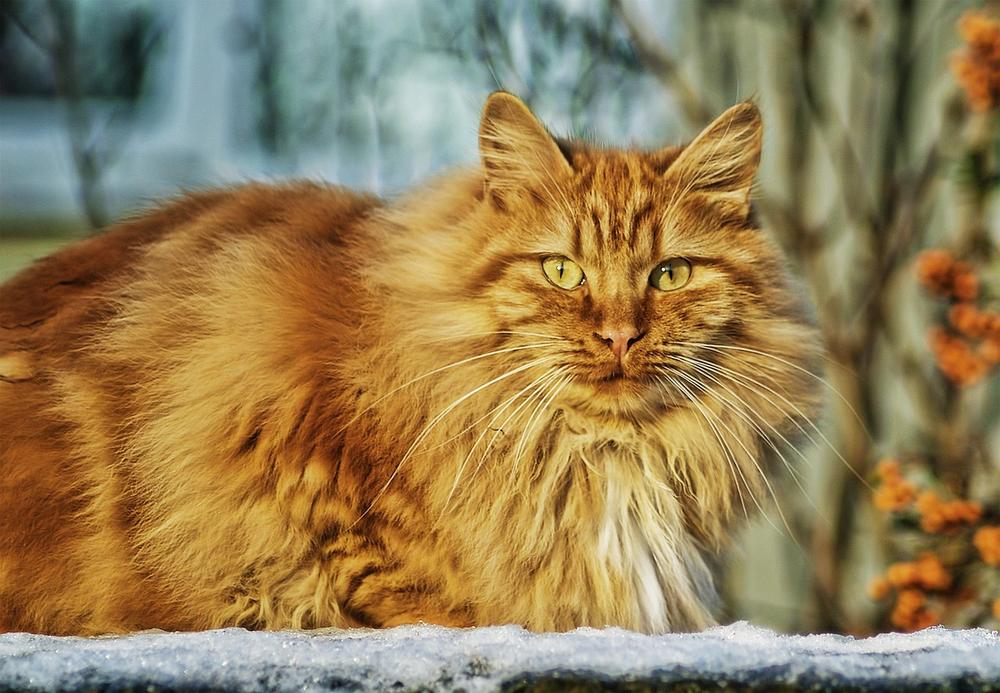
To keep your male cat healthy, pay attention to these things when he starts humping:
- Check his private parts regularly for any signs of irritation or injury.
- Be on the lookout for infections that might happen because of too much humping.
- Remember that sometimes humping is just a way for your cat to play or get attention.
- Understand that humping can also be influenced by how cats interact and health problems they might have.
- Neutering might not always stop the humping completely because testosterone can mess with their development.
- If the aggressive behavior persists, you might want to try some products like androstenol or talk to your vet about medication options.
- Don't hesitate to ask a vet if you're worried about your cat's private parts or making babies.
- Sometimes male cats try to mate with other males because of urinary tract infections, stress, or just their own behavior quirks.
- It's normal for cats who haven't been neutered yet to keep up the humping for a few weeks after the operation.
- Stick to the plan that your vet gives you if there's something medical causing all this.
Being proactive and working closely with your vet will go a long way in keeping your male cat healthy all in all.
Male Cat Mounting: Addressing Behavior and Health
Key Takeaways:
- Male cats, regardless of neutering status, may exhibit mounting or humping behavior towards other males.
- Hormones play a crucial role in influencing this behavior.
- Male cats may become aggressive and possessive during mating season.
- Although males do not have heat cycles like females, they can still respond to hormonal changes and exhibit sexual behavior.
- Cat humping is considered normal behavior among cats.
- Dominance in male cats can be demonstrated through biting the neck or mounting/humping other males.
- False mounts without actual copulation can occur and may be harmless bonding between brothers.
- Strategies to discourage male cat humping include using noisy bells, providing distractions like toys, and positive reinforcement techniques.
- Punishing or yelling at your cat will only increase stress levels and worsen the behavior.
- Stressful situations and changes in the cat's environment can be triggers for humping behavior.
- Neutering may reduce the behavior, but it takes time for testosterone levels to decrease.
- Providing separate territories for each cat can minimize tensions and prevent disruptive behaviors.
- Cat humping can indicate underlying health concerns, and routine licking of the penis may signal a urinary tract infection.
- Neutering may not always prevent mounting behavior due to social structure or health issues.
- Penetration is unlikely during male-male mounting, and applying androstenol to the victim's rump may discourage unwanted attacks.
And that wraps up today's article.
Before you leave, could I ask you something? Was my blog post helpful for you? If it was, I would be extremely grateful if you shared it with your friends and family. Just click on any of the social media sharing icons to share it right away. Thank you so much!
Talk soon,
-Sarah Davis